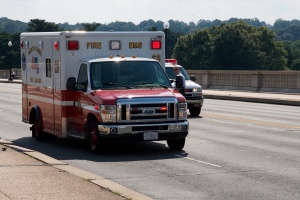Learning about the claims process after sustaining an injury in Oceanside can be confusing. How do you file a claim, and do you need to hire a lawyer? For most personal injury lawsuits in Southern California, it is extremely beneficial to work with an experienced injury attorney. Yet finding the best attorney for your case will require you to schedule consultations and to speak with lawyers about your situation. When you do, it is important to ask certain questions to make sure you hire the best personal injury attorney for your Oceanside case. The following are some tips to help you find experienced legal counsel.
Ask the Lawyer About Experience in Personal Injury Law
You should ask any attorney about his or her experience handling personal injury cases. How many years, for example, has the lawyer been practicing? Has the attorney spent his or her entire career in California, working on cases arising under California law? You want to make sure you have an attorney with experience advocating for injured plaintiffs in personal injury cases.
 North County San Diego Injury Lawyers
North County San Diego Injury Lawyers


 l malpractice cap
l malpractice cap Sky-High Ambulance Costs Deter Injury Victims
Sky-High Ambulance Costs Deter Injury Victims








